The Car Design Book
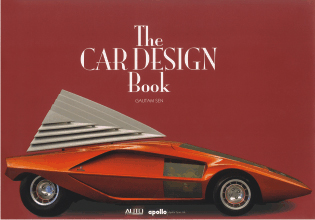 by Gautam Sen
by Gautam Sen
“Designing small cars is actually far more difficult and complicated than making large, fancy ones.”
“The mark of a great designer lies in the way function has been concentrated into form.”
It’s not an easy task to sum up in 140 pages the best designs of all times regardless of price and trends. Gautam Sen tackled this exercise with total subjectivity and his position as editor of India’s best-selling Auto India magazine certainly didn’t make it easier: the more you know about a subject, the harder it is to make a selection!
The first chapter covers a century of design in eight pages giving you the main keys to this book by connecting auto design developments like enclosed drive, integrated fenders, teardrop, streamlined backs, or fins to the context of several revolutions in the arts and in society. Although it is not so obvious at first sight, it quickly becomes clear that the art of coachwork design was and is an Art with a capital A. Each new design begins its life on a drawing board and the techies only turn up much later, their main task being to fit all the running gear into the envelope drawn by the artist.
The second chapter mainly deals with the influence of coachbuilders on automotive design. Even the wildest of designs has to be buildable in solid metal (or composites nowadays) so concessions must sometimes be made by both the designer and the coachmaker. Look at the examples from the likes of Bertone, MacNeil, Chapron, Figoni-Falaschi, Ghia, Pininfarina, Pourtout, Touring, Vignale & Zagato that are gathered here on 26 pages and you can see in their work why Sen chose them—even if certain designs you may particularly cherish are absent from the book. Everybody will have their own “Top Fifty” and, in the end, every car, beautiful or ugly, finds an appreciative buyer—maybe not by the thousands but still. Beauty is in the eye of the beholder but Gautam Sen has selected models on more criteria than simply subjective beauty. For example, the Citroën Ami 6 is included and its creator, Flaminio Bertoni, believed it was his best design. Having seen them on the roads of France from their first day until last Sunday, I confess that I’m not deeply moved . . .
The third chapter is about “design greats” like Jean Bugatti, Buehrig, Jordan, Loewy, Bracq, Cherry, Earl, etc. Again the selection of cars is mindboggling and I knew I was perfectly happy with Sen’s choice because each page generated a “wow” or an “ahhh,” just like when you watch fireworks! The “greats” spread from page 40 to page 91, with a double page for each designer, i.e. 25 names are added to the good dozen already listed among the “artists”.
A short chapter is dedicated to “rubber design” because the book was produced by Apollo Tyres Ltd. and Auto India. Followed by 20 pages of “bold and beautiful” cars that won’t disappoint unless you think the Aston Martin Vantage, the Maserati Quattroporte, and the Jaguar XK120 are pieces of junk. To spin out the fireworks metaphor, I’d say that the finale is worth the waiting. Pages 116 to 140 offer “dream works” and concept cars—those that you see at international car shows when you’re a teenager and buy in later life from Ford or Renault, i.e. when customers have finally caught up with the genius of the designers . . . who fortunately are still and always 20 years ahead of their time!
The Index at the end is extremely detailed but I think you will prefer to flick through this coffee table book at leisure, at least during the first weeks, then maybe you’ll want to go straight to that amazing Alfa Romeo Bat 11 by Bertone or the VW-Porsche Tapiro you discover in the Index.
Design is ever-changing and one way to stay up-to-date is with Auto India magazine—it’s published in English and available, like this book, from the publishers. Sen also wrote The Maharajahs and their Magnificent Motor Cars and The Story of the Star in India (i.e. Mercedes-Benz) co-edited with Bob Rupani.
Copyright 2011, André Blaize (speedreaders.info).


 RSS Feed - Comments
RSS Feed - Comments
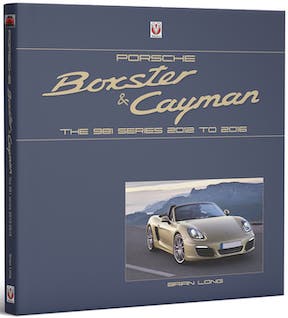

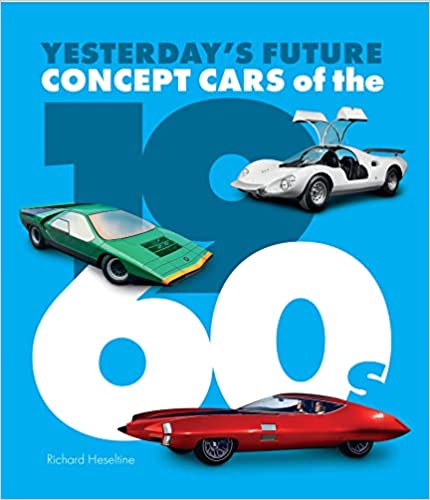
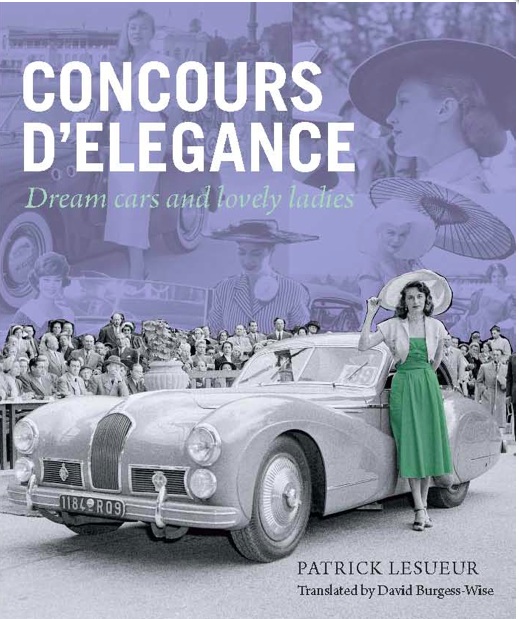
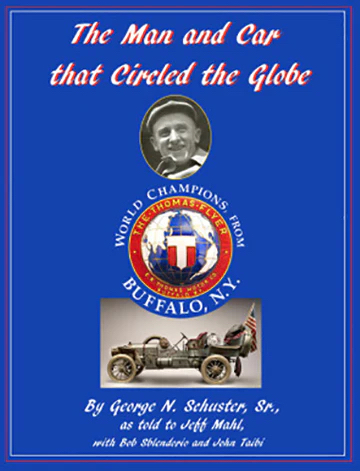
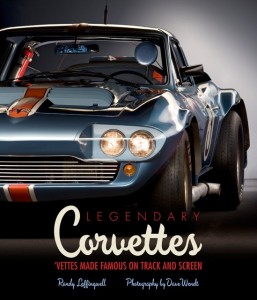
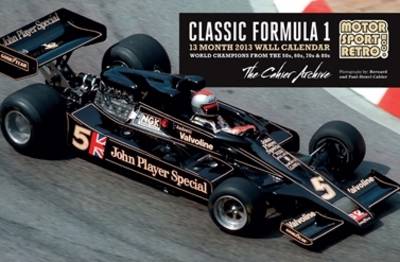

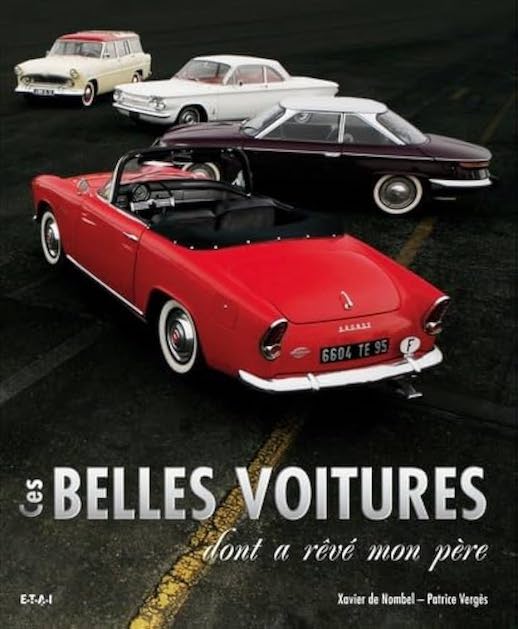
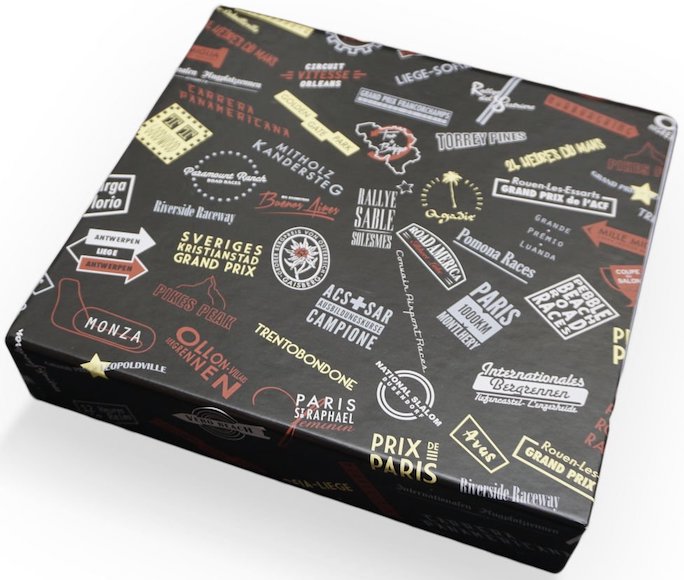

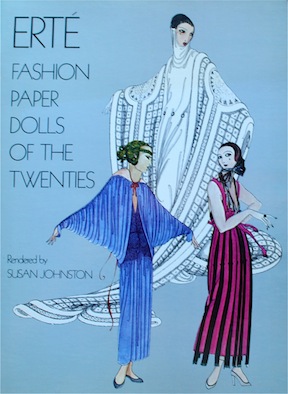

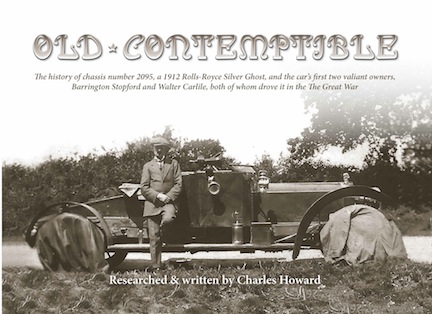
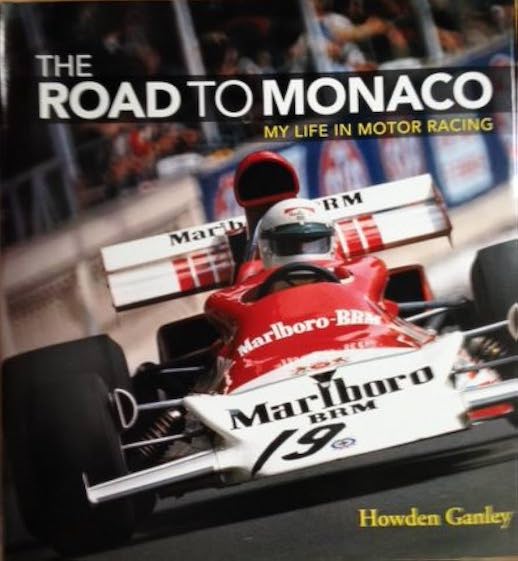
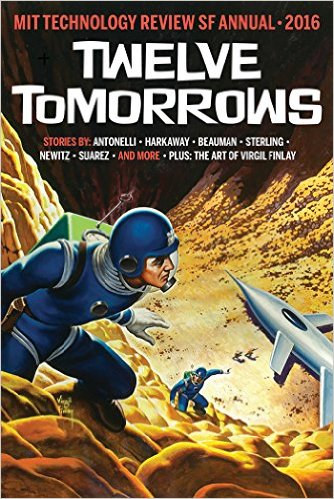

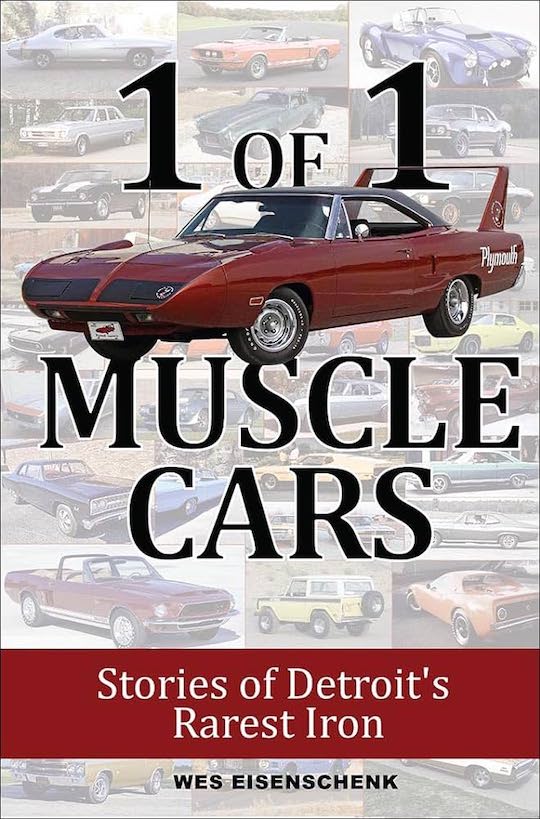
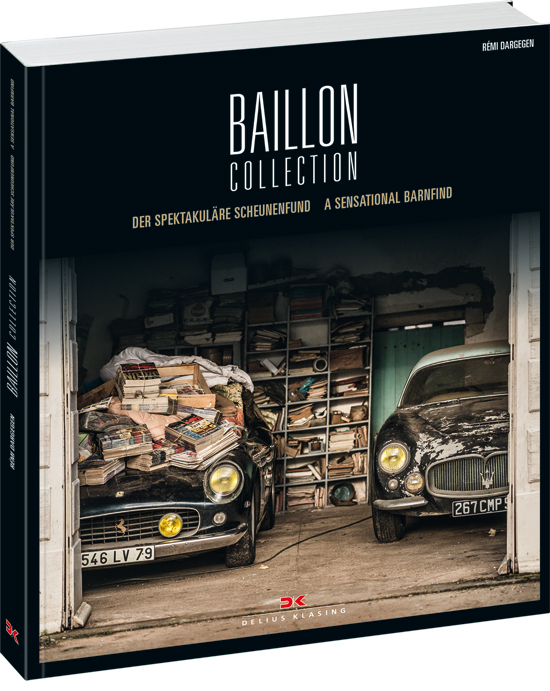
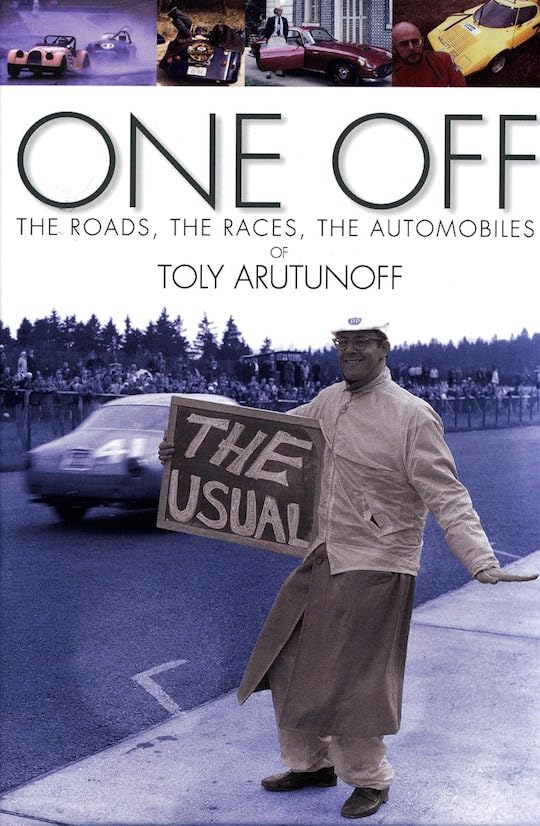
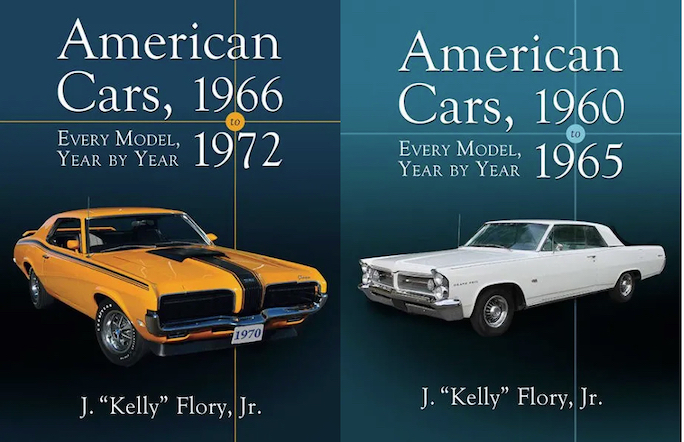

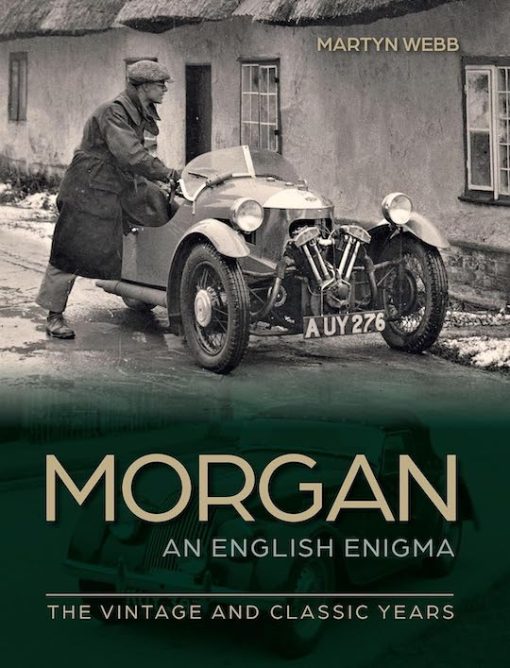
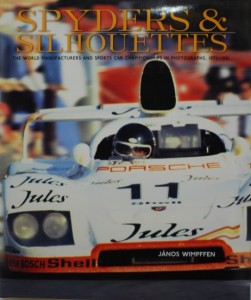

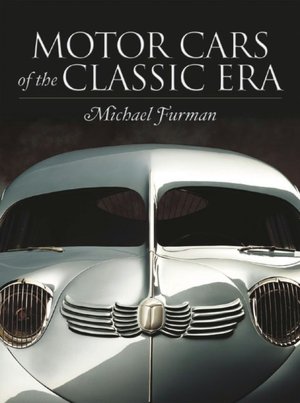

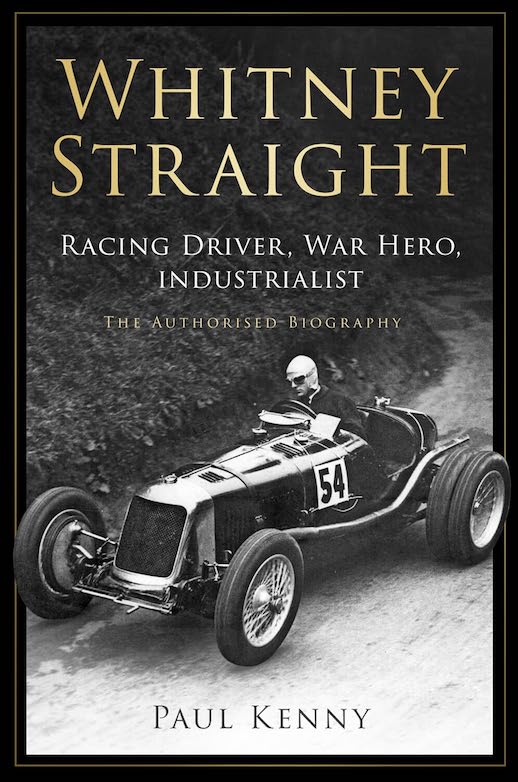
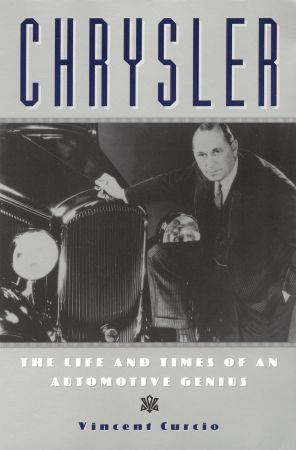

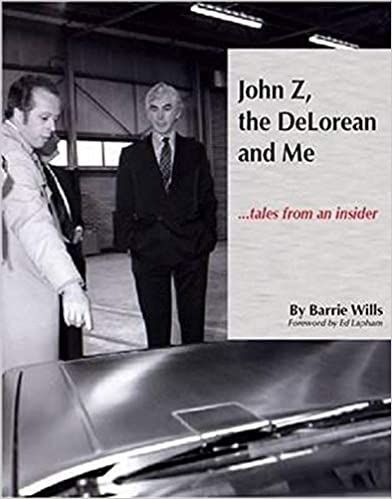

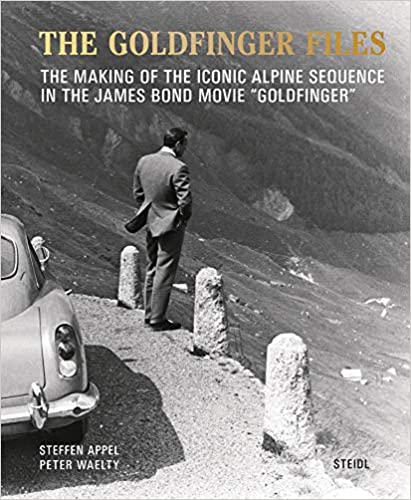

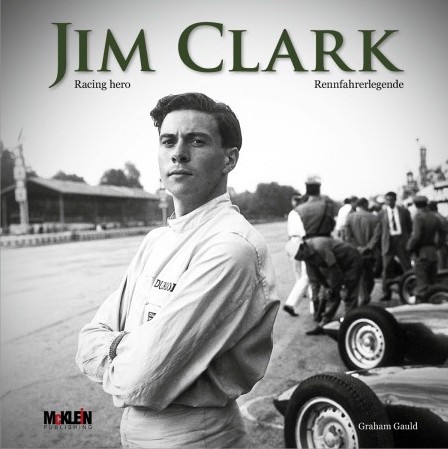
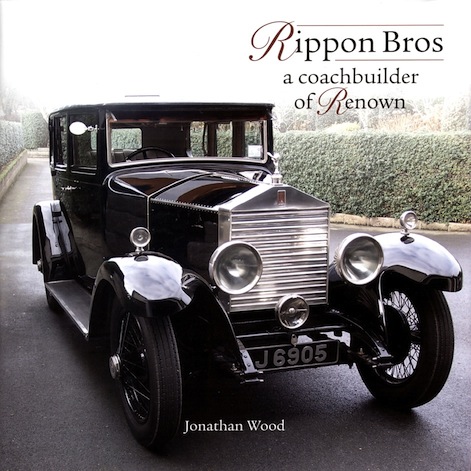
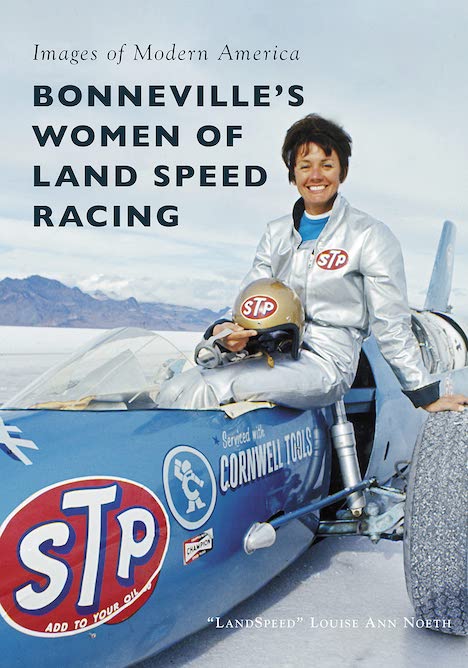
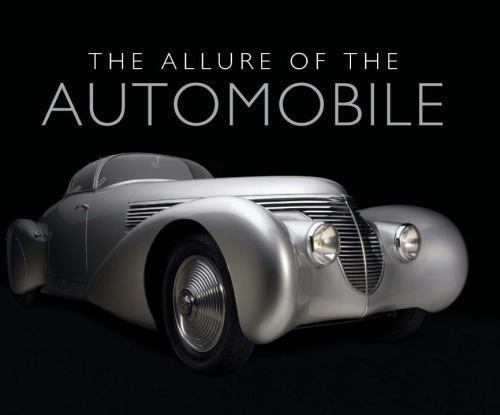

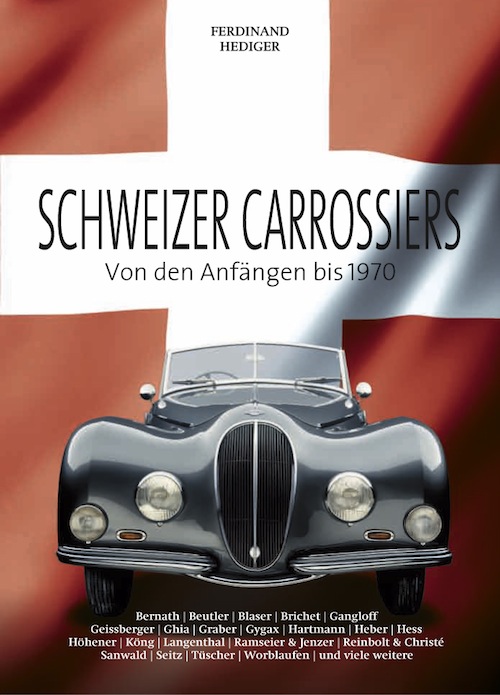


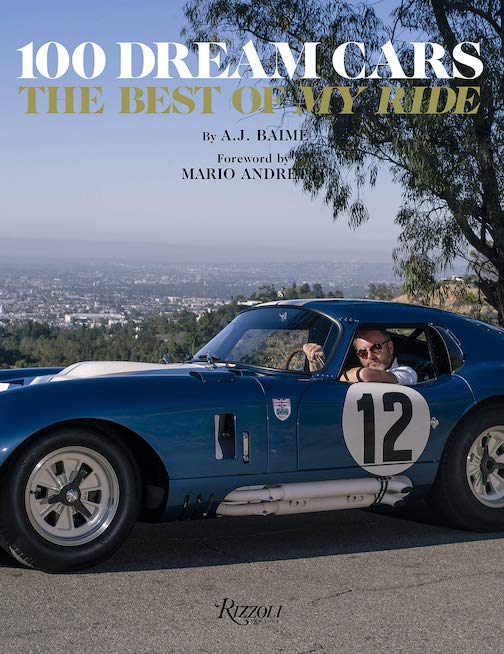

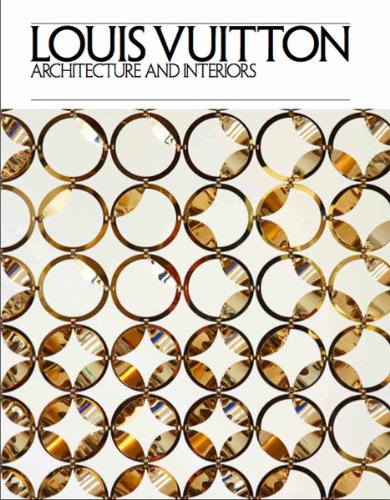
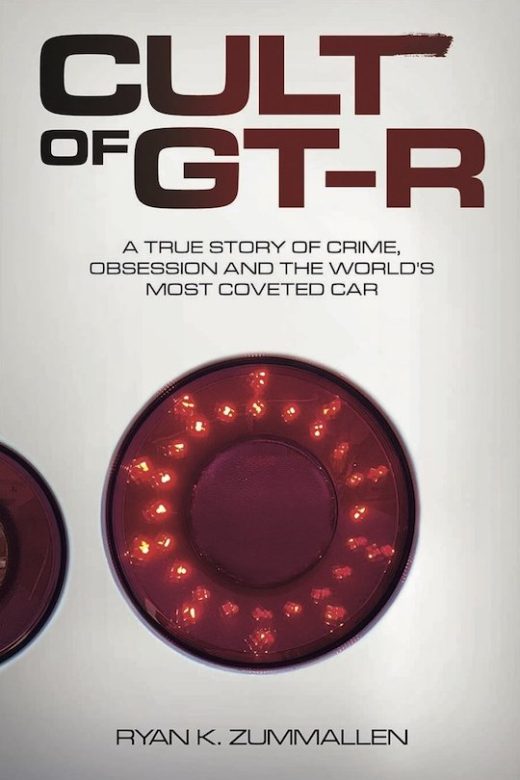
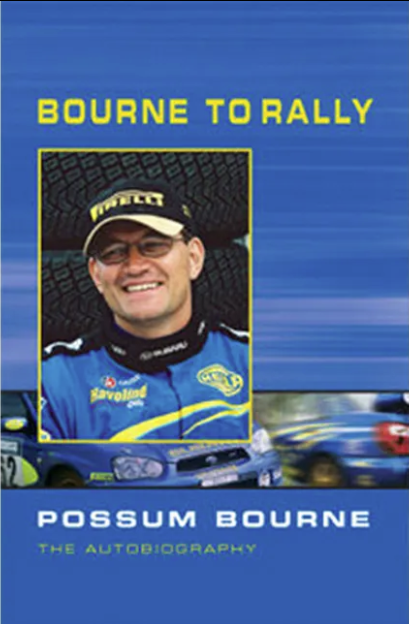


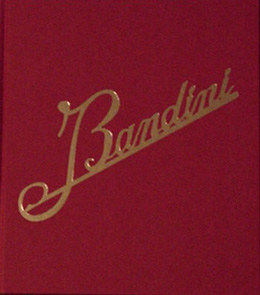

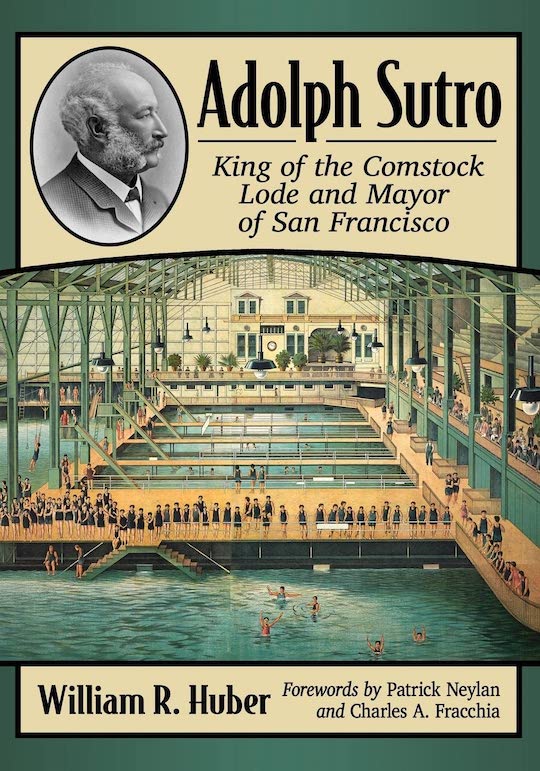
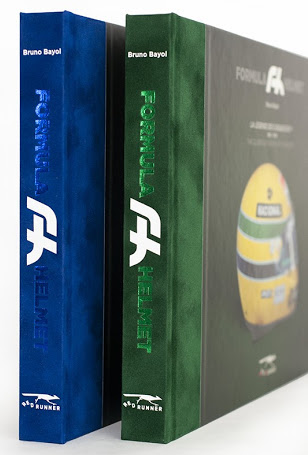



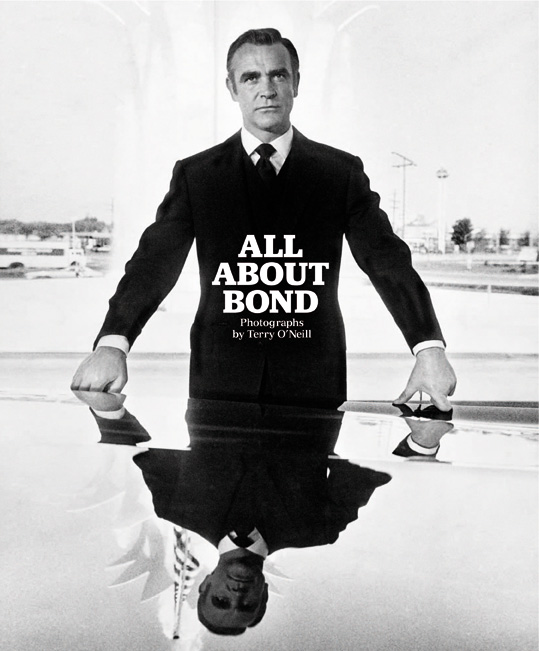


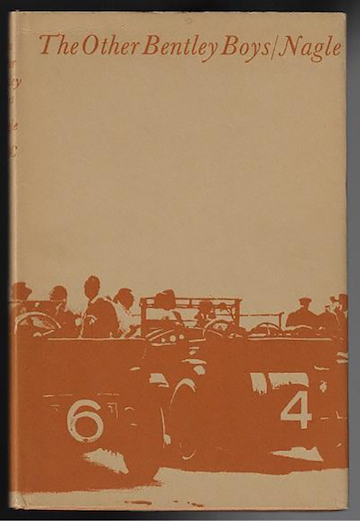
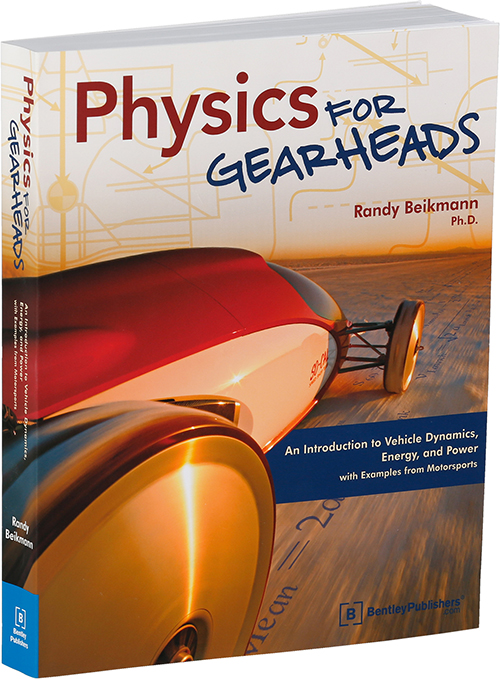

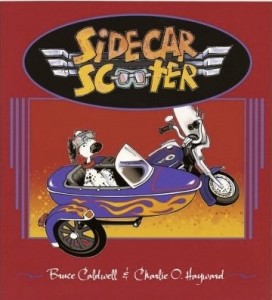
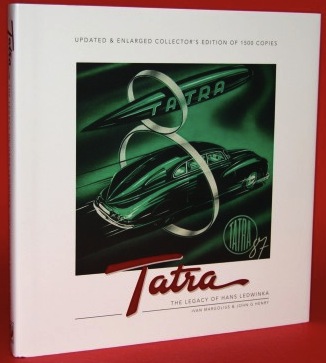

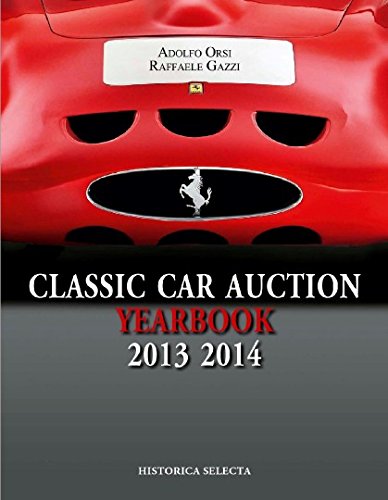


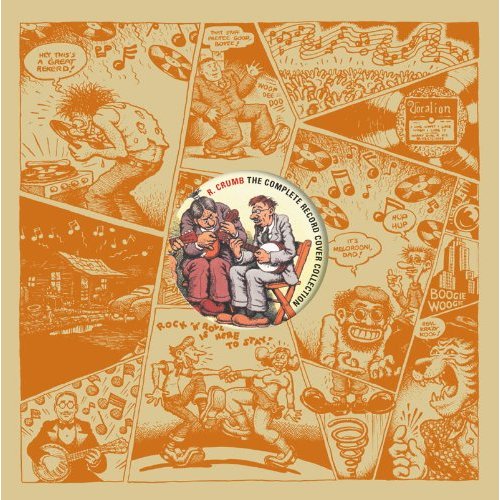

 Phone / Mail / Email
Phone / Mail / Email RSS Feed
RSS Feed Facebook
Facebook Twitter
Twitter